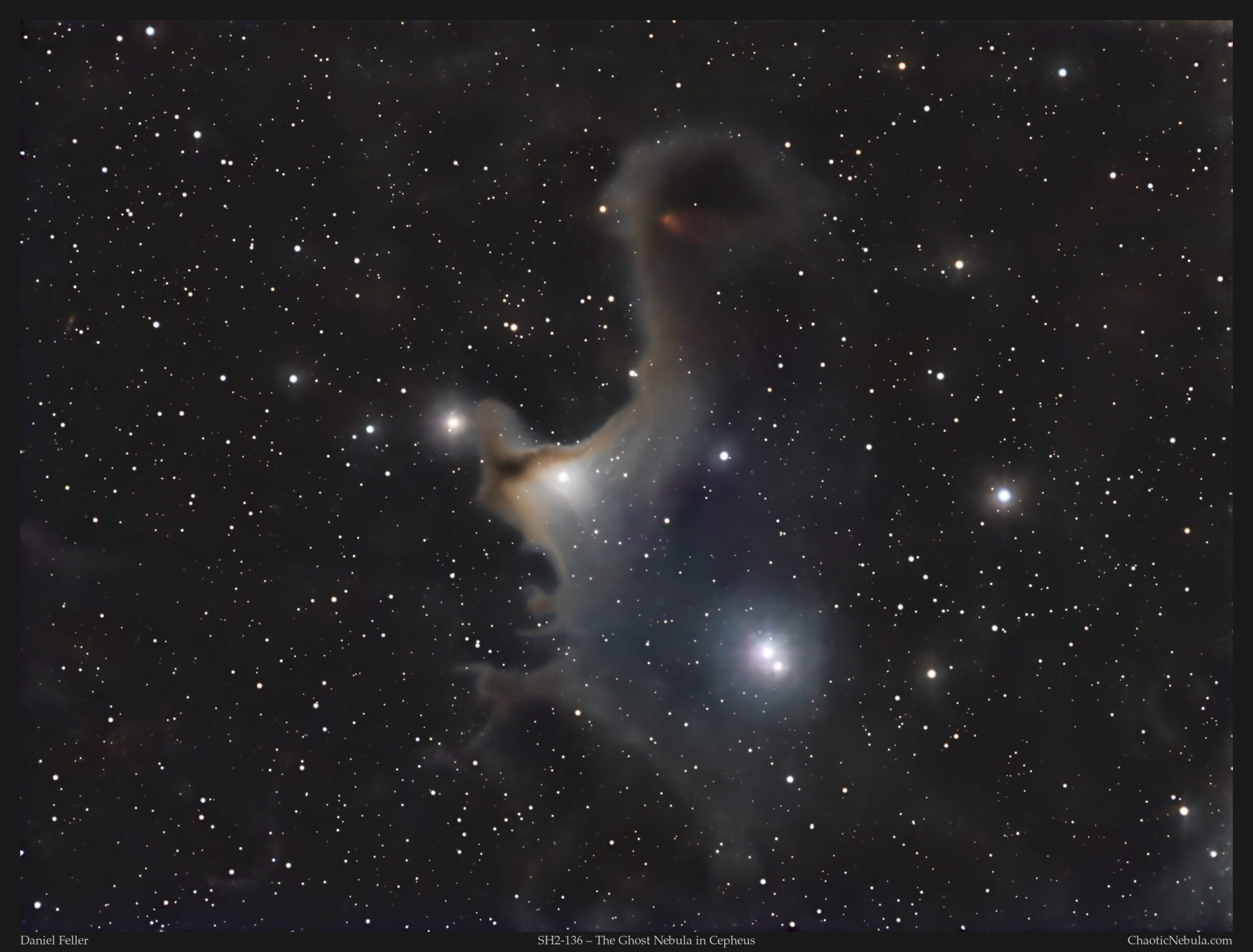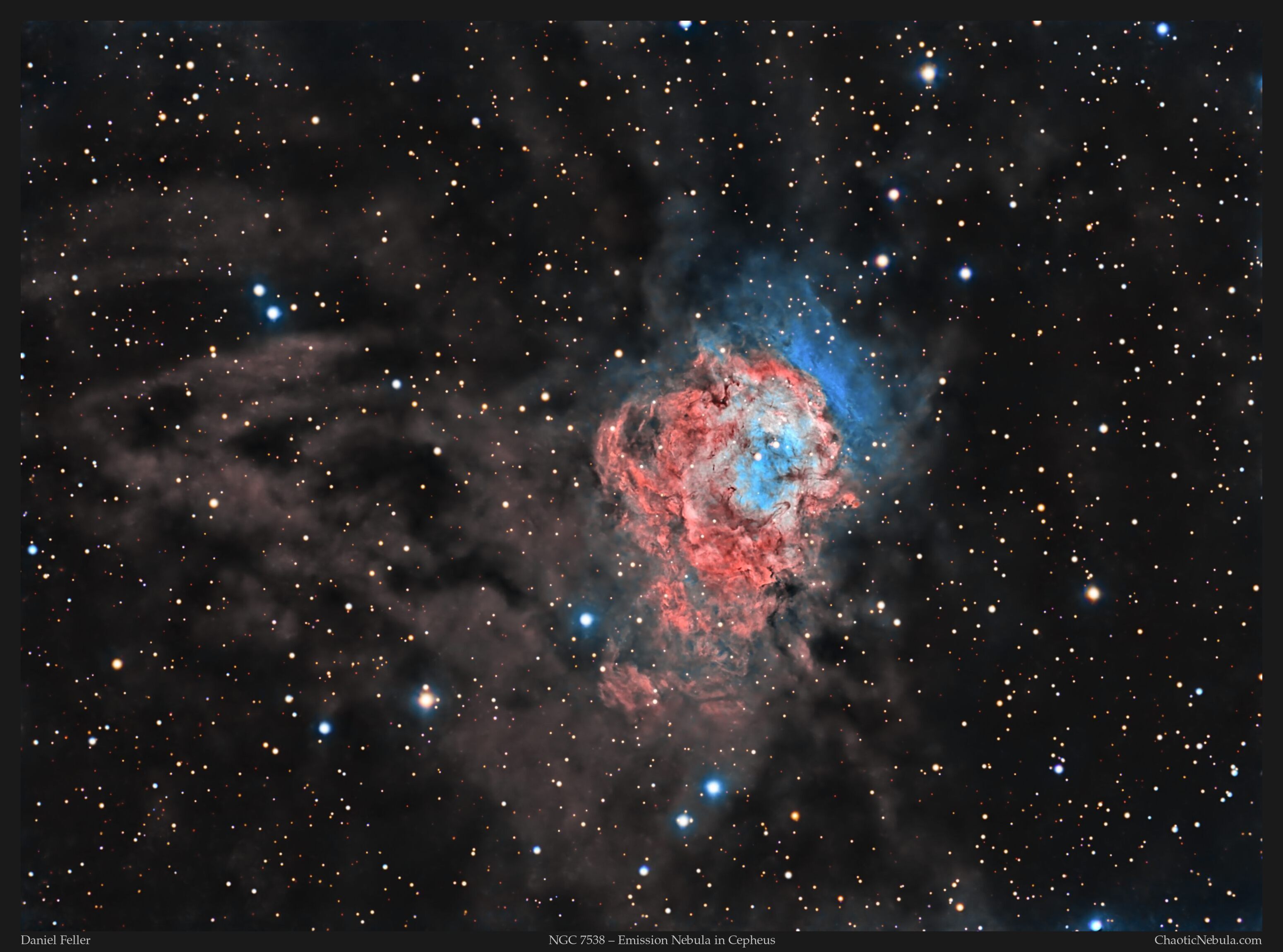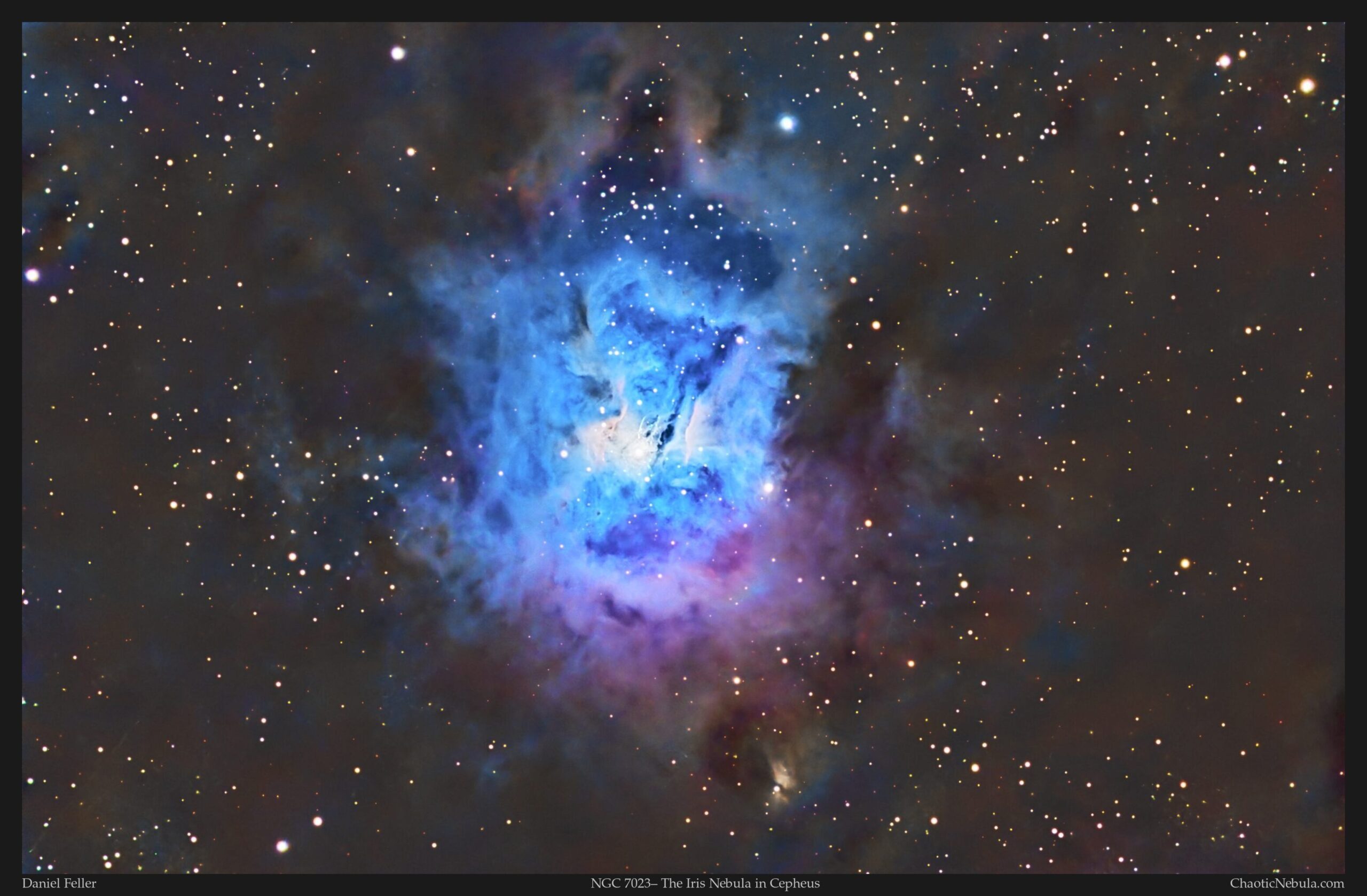The Spectacular Aurora Display of November 11th, 2025
On the evening of Tuesday, November 11, 2025, sky-gazers across North America and beyond were treated to one of the most remarkable celestial light shows in recent memory. The Aurora Borealis, or Northern Lights, put on a stunning display with sightings reported across a wide area, reaching latitudes far south of their typical range.
The Science Behind the Storm
This extraordinary display was the result of intense solar activity. Over the previous few days, the Sun had launched multiple Coronal Mass Ejections (CMEs), massive bursts of solar wind and magnetic fields, directly toward Earth.
(more…)


